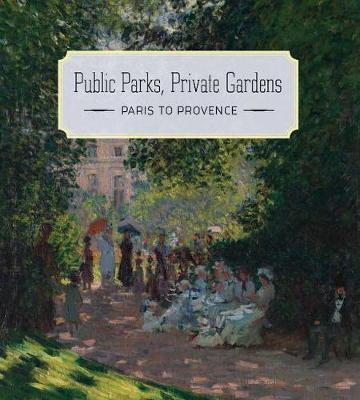Metropolitan Museum of Art (MAA) (YUP)
2 total works
Known as the master of French Romanticism for his energetic paintings, Eugène Delacroix (1798–1863) was also a consummate draftsman. This handsome book, one of the few to explore this topic in depth, provides new insight into Delacroix’s drawing practice, paying particular attention to his materials and techniques and the ways in which the artist pushed the boundaries of the medium. The remarkable group of nearly 130 drawings featured here, many of which have been rarely seen, include academic and anatomical studies, sketches from nature, and preparatory drawings related to many of Delacroix’s most renowned canvases, among them The Massacre at Chios and Liberty Leading the People.
Published by The Metropolitan Museum of Art / Distributed by Yale University Press
Published by The Metropolitan Museum of Art / Distributed by Yale University Press
Exhibition Schedule:
The Metropolitan Museum of Art
(07/17/18–11/11/18)
Masterworks by great Romantic, Impressionist, and early modern artists are presented in relationship to the 19th-century horticultural revolution that transformed the landscape of France
The spectacular transformation of Paris during the 19th century into a city of tree-lined boulevards and public parks both redesigned the capital and inspired the era's great Impressionist artists. The renewed landscape gave crowded, displaced urban dwellers green spaces to enjoy, while suburbanites and country-dwellers began cultivating their own flower gardens. As public engagement with gardening grew, artists increasingly featured flowers and parks in their work.
Public Parks, Private Gardens includes masterworks by artists such as Bonnard, Cassatt, Cezanne, Corot, Daumier, Van Gogh, Manet, Matisse, Monet, and Seurat. Many of these artists were themselves avid gardeners, and they painted parks and gardens as the distinctive scenery of contemporary life. Writing from the perspective of both a distinguished art historian and a trained landscape designer, Colta Ives provides new insights not only into these essential works, but also into this extraordinarily creative period in France's history.
The spectacular transformation of Paris during the 19th century into a city of tree-lined boulevards and public parks both redesigned the capital and inspired the era's great Impressionist artists. The renewed landscape gave crowded, displaced urban dwellers green spaces to enjoy, while suburbanites and country-dwellers began cultivating their own flower gardens. As public engagement with gardening grew, artists increasingly featured flowers and parks in their work.
Public Parks, Private Gardens includes masterworks by artists such as Bonnard, Cassatt, Cezanne, Corot, Daumier, Van Gogh, Manet, Matisse, Monet, and Seurat. Many of these artists were themselves avid gardeners, and they painted parks and gardens as the distinctive scenery of contemporary life. Writing from the perspective of both a distinguished art historian and a trained landscape designer, Colta Ives provides new insights not only into these essential works, but also into this extraordinarily creative period in France's history.

